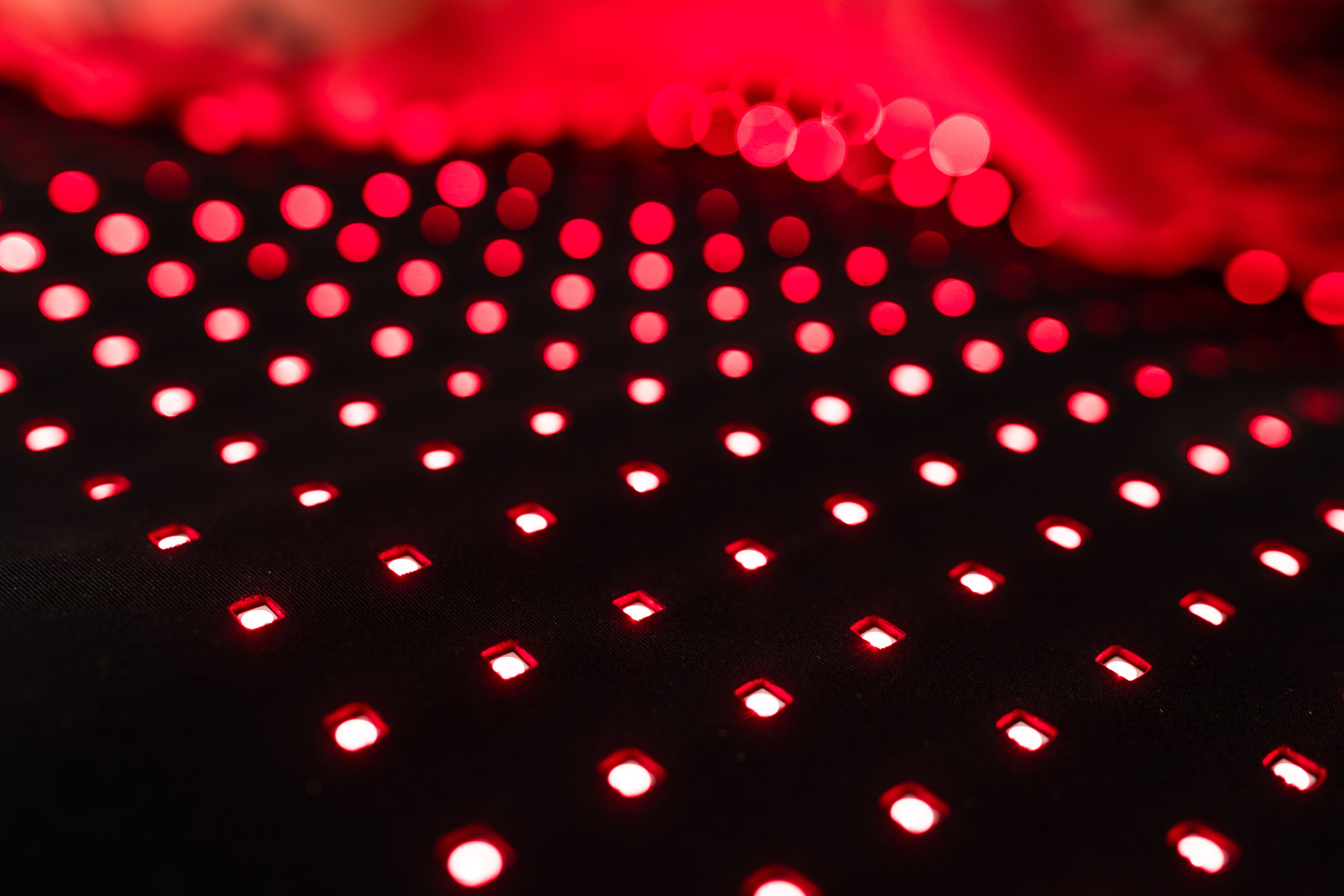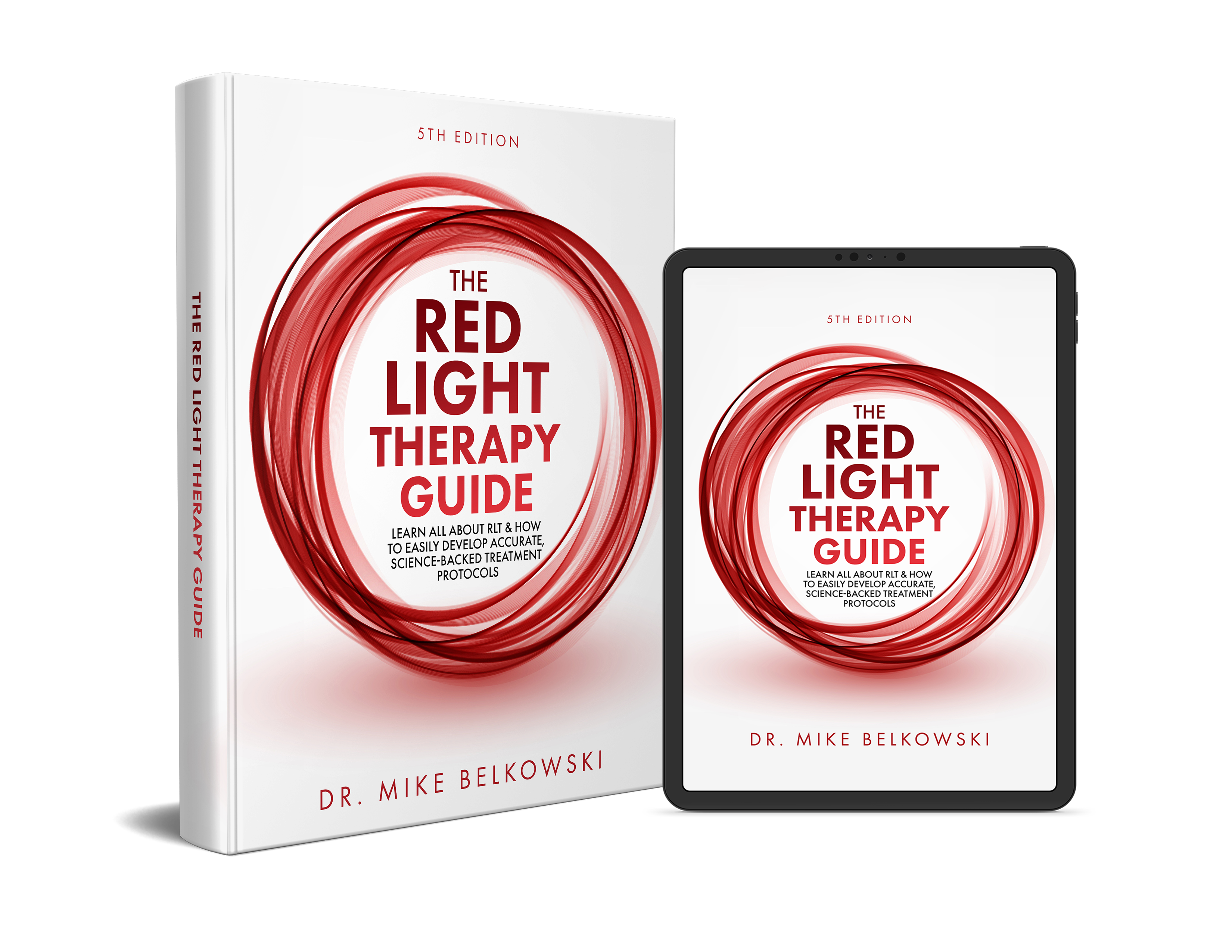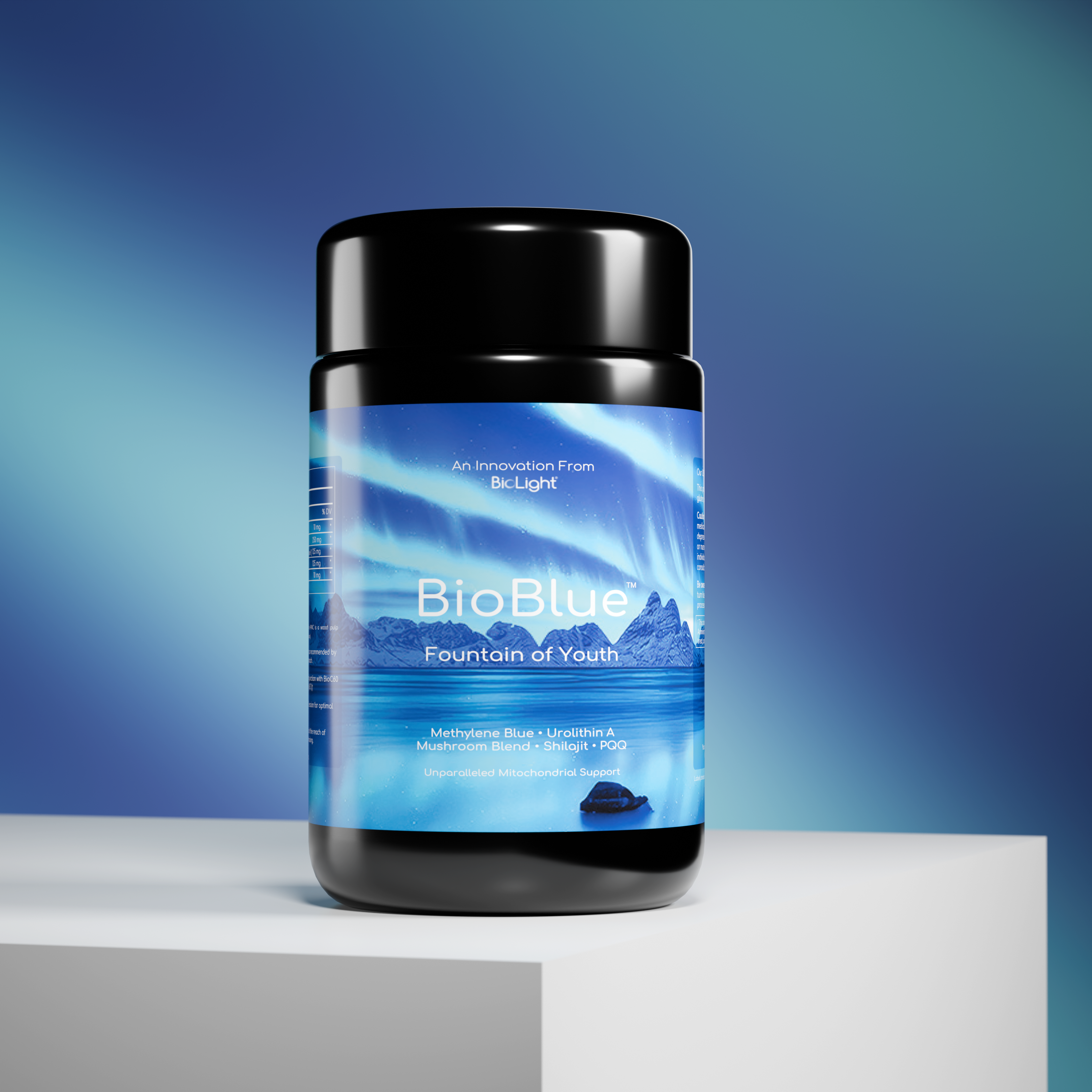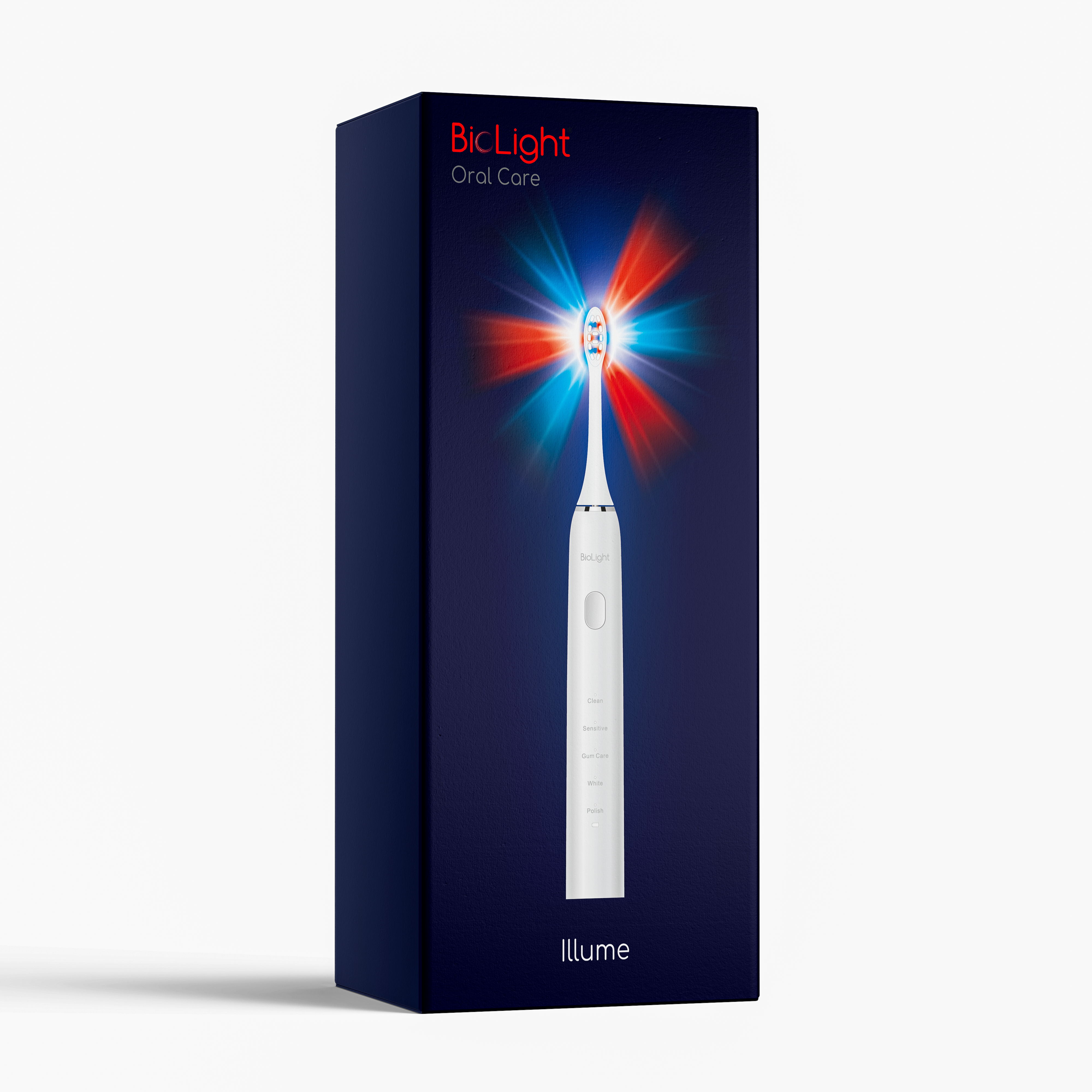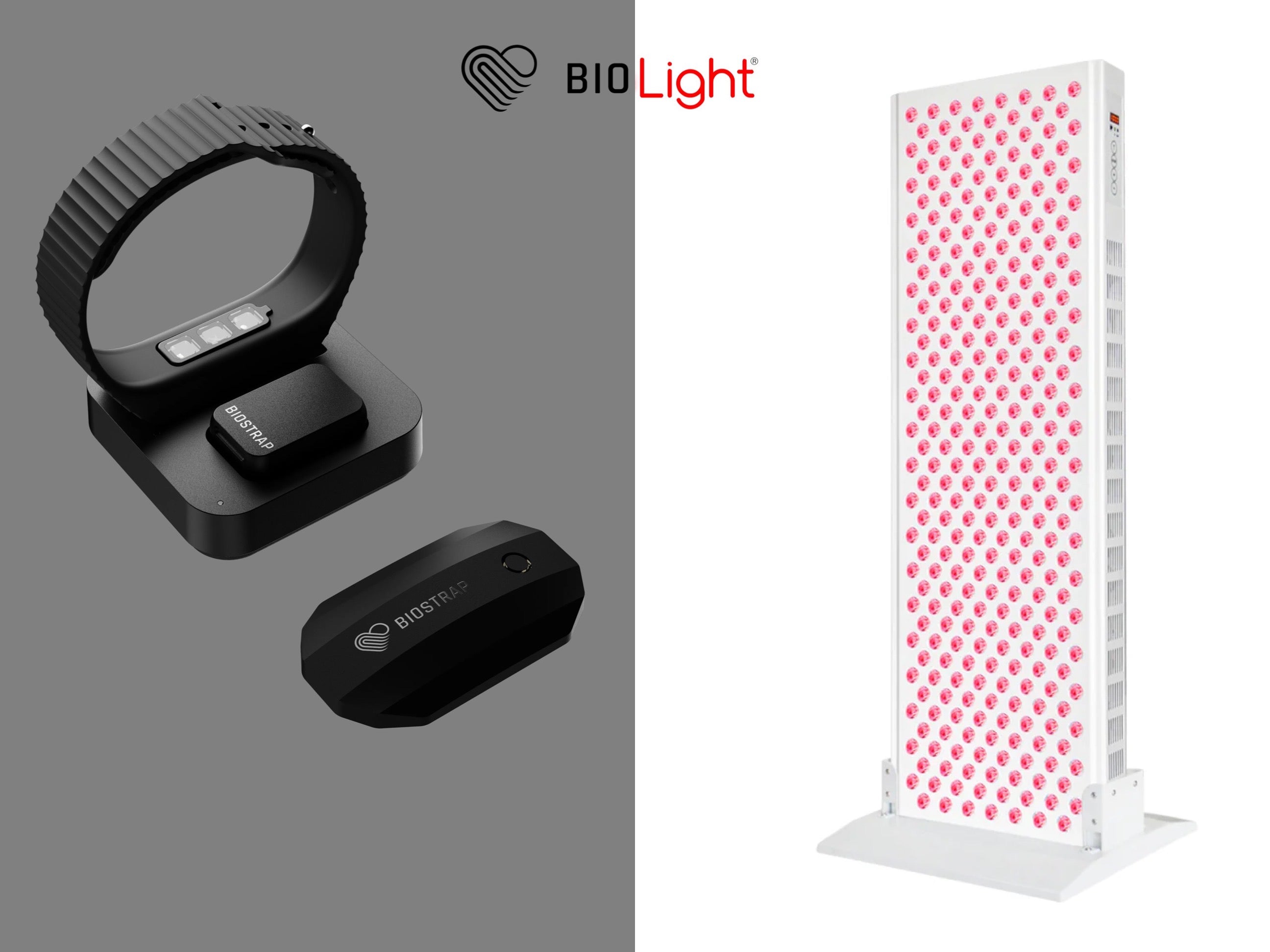The History of Methylene Blue in Medicine: A Comprehensive Overview
Methylene Blue, a synthetic dye first synthesized in the late 19th century, has a rich history in the field of medicine. Its journey from a textile dye to a versatile therapeutic agent is both fascinating and significant. In this blog, we will explore the history of Methylene Blue in medicine, highlighting its various applications and contributions to medical science.
Early Beginnings
Synthesis and Initial Uses
Methylene Blue was synthesized by German chemist Heinrich Caro in 1876. Initially used as a dye for textiles, it quickly caught the attention of the medical community. In the 1890s, physician Paul Ehrlich discovered its potential as a treatment for malaria, marking its first significant medical application.
Breakthrough in Malaria Treatment
Ehrlich's discovery that Methylene Blue could stain and kill malaria parasites revolutionized its use. Despite being replaced by more effective antimalarials over time, this initial application set the stage for further medical research and usage.
Expanding Medical Applications
Treatment of Methemoglobinemia
One of Methylene Blue's most well-known applications is in treating methemoglobinemia, a condition where hemoglobin is unable to release oxygen effectively to body tissues. Administered intravenously, Methylene Blue acts as a reducing agent, converting methemoglobin back to hemoglobin, thus restoring normal oxygen transport.
Psychiatric Uses
In the mid-20th century, Methylene Blue was explored for its psychiatric benefits. Studies indicated its potential in treating conditions like bipolar disorder and schizophrenia. Although its use in psychiatry diminished with the advent of newer drugs, interest in its cognitive benefits has resurfaced in recent years.
Photodynamic Therapy
Methylene Blue's ability to generate reactive oxygen species when exposed to light led to its use in photodynamic therapy (PDT). This treatment involves applying the dye to target tissues and then exposing them to specific wavelengths of light, effectively killing cancer cells and bacteria.
Modern Innovations
Neuroprotection and Cognitive Enhancement
Recent research has highlighted Methylene Blue's potential in neuroprotection and cognitive enhancement. Studies suggest that it can improve mitochondrial function, reduce oxidative stress, and enhance memory and learning. [4, 5, 6] These findings have renewed interest in its application for age-related cognitive decline and neurodegenerative diseases.
Antimicrobial Properties
Methylene Blue has demonstrated broad-spectrum antimicrobial properties, making it useful in treating infections. Its ability to disrupt bacterial cell walls and inhibit biofilm formation has been particularly valuable in managing chronic wounds and resistant infections.
Reflections on a Remarkable Journey
Methylene Blue's journey from a textile dye to a multifaceted medical agent showcases its remarkable versatility and potential. Its contributions to various fields of medicine, from treating malaria to enhancing cognitive function, highlight its enduring relevance. As research continues, Methylene Blue may unlock even more therapeutic possibilities, reinforcing its place in the annals of medical history.
